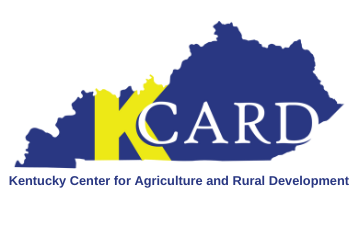Adding value to your farm product can bring more of that food dollar back home to the farm. Many Kentucky farmers transform their raw agricultural commodity into a different product with higher market value (milk to cheese, fruit to jam, etc.) This may seem like an obvious way to increase revenue, but it’s important to understand all of the costs associated with launching a value-added product. Understanding your costs will help you price your product at the right level and ensure that you can make a profit off the finished product.
The cost of production can be broken down into two categories: direct costs and indirect costs.
Direct costs are how much it costs to produce a unit of the product, from planting to delivery. (These costs are also known as the Costs of Goods Sold, or abbreviated COGS). Examples include the costs of processing, ingredients, and the packaging of a product.
Indirect costs are overhead costs related to production that can’t necessarily be said to come from any specific product. This includes costs like insurance, interest on farm loans, depreciation, utilities, and licenses. These costs can be considered “hidden” because they aren’t as obvious as direct costs and can easily be forgotten when determining the breakeven price of a product.
The cost that is most often forgotten is investment of time. This includes not only the wages paid to laborers, but also the time investment of the farm owner.
These costs need to be accurate so you can determine your breakeven price,; the point at which you are no longer losing money, but you aren’t yet making a profit. Knowing this price can help you make informed decisions about pricing and market channels.
If you have questions about launching a value-added product, contact us at (859) 550-3972 or kcard@kcard.info.

